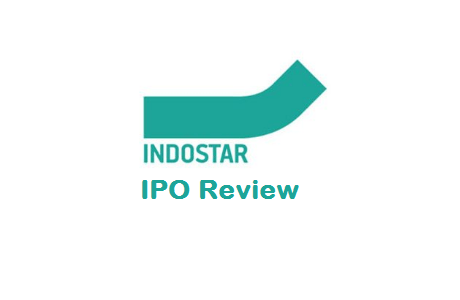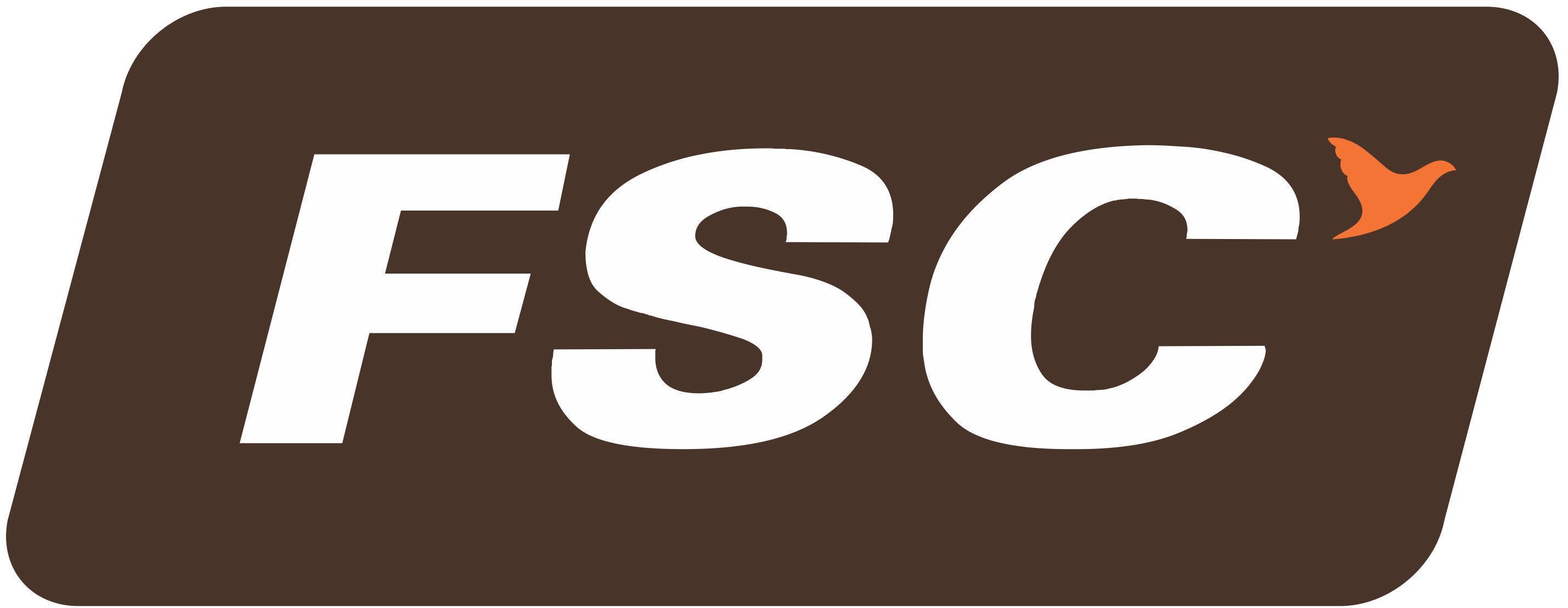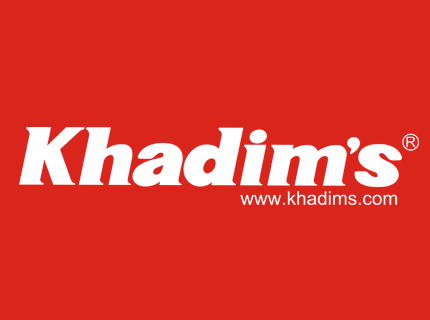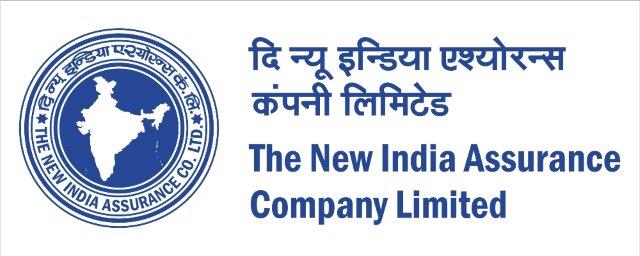SBI Cards and Payments IPO review
CY 2020 started with the main-board IPO of ITI Ltd. that failed to garner the desired amount despite extension and change in the price band. However, SBI Card IPO created unprecedented hype ever since it filed DRHP with regulator and surprised one and all with hectic grey market premium activities even before the announcement of the price band, lot size etc. Anyway, since this IPO is currently the “Talk of the Town” and is attracting fancy across the board, it is expected to make new records of oversubscription opines primary market experts. But they cautioned that “Please do not be carried away with grey market activities, investors must study the fundamentals before investing.”
ABOUT COMPANY
SBI Cards and Payment Services Ltd. (SBI Card) a subsidiary of SBI is one of the leading credit card issuers in India, which is one of the fastest-growing economies in the world with an expanding and under-penetrated credit card market. As per the survey, India has just 3% penetration (lowest in the world) in the credit card segment leaving ample scope for advancement.
SBI Card is the second-largest credit card issuer in India, with a 17.6% and 18.1% market share of the Indian credit card market in terms of the number of credit cards outstanding as of March 31, 2019, and November 30, 2019, respectively, and a 17.1% and 17.9% market share of the Indian credit card market in terms of total credit card spends in fiscal 2019 and in the eight months ended November 30, 2019, respectively, according to the RBI. It offers an extensive credit card portfolio to individual cardholders and corporate clients which include lifestyle, rewards, travel and fuel, shopping, banking partnership cards and corporate cards covering all major cardholder segments in terms of income profiles and lifestyles.
It started operations in 1998, and since then SBI’s parentage and highly trusted brand have allowed it to quickly establish a reputation of trust, reliability and transparency with cardholders. According to the RBI, SBI Card has grown its business faster than the Indian credit card market over the past three years both in terms of numbers of credit cards outstanding and amounts of credit card spends. From March 31, 2017, to March 31, 2019, its total credit card spends grew at a 54.2% CAGR (as compared to a 35.6% CAGR for the overall credit card industry, according to the RBI) and the number of its credit cards outstanding grew at a 34.5% CAGR (as compared to a 25.6% CAGR for the overall credit card industry, according to the RBI).
It has a broad credit card portfolio that includes SBI Card-branded credit cards as well as co-branded credit cards that bear both the SBI Card brand and co-brand partners’ brands. It offers four primary SBI branded credit cards: SimplySave, SimplyClick, Prime and Elite, each catering to a varying set of cardholder needs. It is also the largest co-brand credit card issuer in India according to the CRISIL Report and has partnerships with several major players in the travel, fuel, fashion, healthcare and mobility industries, including Air India, Apollo Hospitals, BPCL, Etihad Guest, Fbb, IRCTC, OLA Money and Yatra, among others. Its credit cards portfolio is tailored to meet a diverse range of cardholder needs across the entire spectrum of its cardholders’ income profiles and lifestyles, from the “premium” cardholder category to the “affluent”, “mass affluent”, “mass” and “new to credit” categories. The company issues credit cards in partnership with the Visa, MasterCard and RuPay payment networks, and is continuously looking to expand its payment network partnerships to broaden the reach and functionality of credit card offerings.
It has a diversified customer acquisition network that enables it to engage prospective customers across multiple channels. It deploys a sales force of 32677 outsourced sales personnel as of December 31, 2019, operating out of 145 Indian cities and which engages prospective customers through multiple channels, including physical points of sale in bank branches, retail stores, malls, fuel stations, railway stations, airports, corporate parks and offices, as well as through telesales, online channels, email, SMS marketing and mobile applications. SBI Card is the leading player in open market customer acquisition in India according to the CRISIL Report. It has a presence in 3190 open market points of sale across India as of December 31, 2019. Also, its partnership with SBI provides with access to SBI’s extensive network of 21961 branches across India, which enables it to market credit cards to SBI’s vast customer base of 445.5 million customers as of December 31, 2019.
Its technology systems also leverage artificial intelligence and process automation technologies to automate routine activities, such as customer service and credit analysis, which have enhanced its operating efficiencies. It has a diversified revenue model whereby it generates both non-interest income (primarily comprised of fee-based income such as interchange fees, late fees and annual fees, among others) as well as interest income on its credit card receivables. The share of its revenue from operations that derive from non-interest income has steadily increased over the past three fiscal years, from 43.6% in fiscal 2017 to 48.9% in fiscal 2019.
ISSUE DETAILS / CAPITAL HISTORY
Currently, SBI group is holding 74% and CA Rover Holdings (26%) equity of SBI Card. To part finance augmenting its capital base to meet future capital requirements, SBI Card is coming out with a maiden combo IPO of fresh equity issue (FV ₹10) as well as offer for sale. SBI Card is issuing fresh equity share shares worth ₹500 cr. (approx 6,622,516 shares) and an offer for sale of 130,526,798 shares. It has fixed the price band of ₹750 – ₹755 and thus mulls mobilizing ₹10,286.20 cr. to ₹10,354.77 cr. (based on lower and upper price bands). The offer includes a reservation of up to 1,864,669 shares for subscription by eligible employees and a reservation of 13052680 shares for subscription by SBI Shareholders (who are holding SBI shares in their demat account on 18.02.2020). The company is offering a discount of ₹75 per share to eligible employees. There is no discount for any other category.
The issue opens for subscription on 02.03.2020 and will close on 04.03.2020 for QIB Bidders and 05.03.2020 for all other categories of bidders. Minimum application is to be made for 19 shares and in multiples thereon, thereafter. Post allotment, shares will be listed on BSE and NSE. Issue constitutes approx. 14.61% of the post issue paid-up capital of the company.
Having issued initial equity at par, SBI Card raised further equity (52,222,222 shares) by way of the rights issue at a fixed price of ₹90 per share in July 2018 and then issued further equity (95,112,054 shares) in July 2019 on an amalgamation of SBI Business Process.
The average cost of acquisition of Equity Shares for the selling shareholders is in the range of ₹28.69 to ₹81.19 per Equity Share and the offer price at the upper end of the Price Band is ₹755 per equity share. The company will spend less than 1.5% for the overall IPO process.
Post issue, SBI Card’s current paid-up equity capital of Rs.932.33 cr. will stand enhanced to ₹938.95 cr. With this issue, SBI Card is looking for a market cap of approx. ₹70890 cr.
BRLM’s to this offer are Kotak Mahindra Capital Company Ltd., Axis Capital Ltd., DSP Merrill Lynch Ltd., HSBC Securities and Capital Markets (India) Pvt. Ltd., Nomura Financial Advisory and Securities (India) Pvt. Ltd. and SBI Capital Markets Ltd. Link Intime India Pvt. Ltd. is the registrar to the issue.
FINANCIAL PERFORMANCE
For the last three fiscals, SBI Card has reported total revenue/net profits of ₹3471.04 cr. / ₹372.86 cr. (FY17), ₹5370.19 cr. / ₹601.14 cr. (FY18) and ₹7286.84 cr. / ₹862.72 cr. (FY19). For nine months period ended on 31.12.19, it has earned a net profit of ₹1161.21 cr. on revenue of ₹7240.16 against a net profit of ₹614.52 cr. on revenue of ₹5278.68 cr. for the corresponding previous period.
For the last three fiscals, SBI Card has posted an average EPS of ₹7.97 and an average RoNW of 24.67%. The issue is priced at a P/BV of 14.60 based on its NAV of ₹51.73 as on 31.12.19. If we annualize latest earnings and attribute it on fully diluted equity post IPO then asking price is at a P/E of around 45.8 making it fully priced issue.
For FY17 to FY19 SBI Card has reported CAGR of 44.6% in revenues, 37.6% in interest income, 53.2% in non-interest income and 52.1% in profit after tax (PAT). With continuing leveraging technology SBI Card all set for expanding customer acquisition capabilities, stimulate growth in credit card transaction volumes and enhance cardholders experience and broadening its portfolio with more tie-ups.
COMPARISION WITH LISTED PEERS
As per offer documents, SBI Card has no listed peers to compare with.
BRLM’S TRACK RECORDS
The six merchant bankers associated with the offer have handled 46 issues in the past three financial years, out of which 17 issues closed below the issue price on listing date.
MAJOR CONCERNS
Any unfavorable change in Government/RBI policy for MDR (Merchant Discount Rate) and unsecured financing pattern are major concerns. Its dependence on SBI and the rising market competition may pose threats.
Conclusion / Investment Strategy
SBI Card enjoys fancy due to parent SBI’s credentials. Being a second-largest plastic money player in a growing economy like India and the first mover in the segment to get listed, it may continue to generate high interest going forward. Although the issue appears fully priced, investors may consider investment for short to long term rewards.
The original review is written by Dilip Davda, appears on chittorgarh.com and is available here.










 IPO Snapshot:
IPO Snapshot: IPO Snapshot:
IPO Snapshot:

